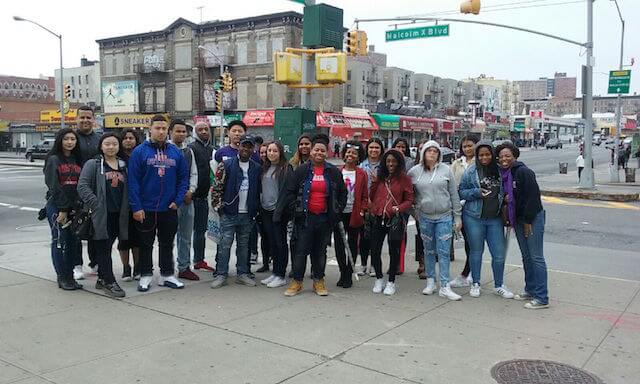NEW YORK – With U.S. college enrollment decisions for autumn due by May 1, some families are using the application process as an opportunity to teach their kids valuable lessons about finance. What college -bound children learn now about the difference between grants and loans and compound interest could make a world of difference when they graduate.
As New York parent Eric Yaverbaum says, “Fiscal responsibility is worth taking your best shot to teach.”
Here are four tips from parents on getting kids to listen and learn about money:
RELATED:Waitlist woes: What to do when your dream school defers you? MAKE FUTURE LOAN PAYMENTS REAL
When Cary Carbonaro’s stepson was choosing college s four years ago, he was deciding between in-state schools and private college s, with price tags that differed by about $5,000 a year. Carbonaro, a certified financial planner in suburban New York City and author of “The Money Queen’s Guide,” did the math. The stepson’s loan balance of $20,000 for a private school would mean a monthly payment of $300 for 10 years.
“Can you live with that? It will be like having an extra car payment,” Carbonaro asked him.
When Carbonaro’s stepson decided to go to the private school, she went the extra step of having him sign a contract that detailed his financial responsibilities as well as those of Carbonaro and her husband. The stepson worked part-time through school and recently graduated with a degree in biology. “He has been on his own financially since the day he graduated,” Carbonaro said proudly. RELATED: Perfecting the high school hustle
CALCULATE FUTURE EARNINGS AND BUDGETS
Eric Yaverbaum’s son, a high school senior this year, has narrowed his choices down to two schools: one costs $60,000 a year and the other is $32,500 with grants. Yaverbaum, who co-wrote a book on college admissions with his older daughter in 2010, wants his son to make an informed choice. A post-graduation budget, based on expected earnings, is a good way to get grip on the impact of college finances.
The first draft was unrealistic, so Yaverbaum helped his son drill deeper into potential expenses such as the percentage of income needed for rent, how much car his son could afford, and estimated monthly student loan payments. “It hit home,” Yaverbaum said. “I don’t think the finances of college would have impacted him one iota if we hadn’t gone through all of that.”
MORE AND MORE SPREADSHEETS
Having teens create spreadsheets to evaluate college costs is a common parenting tactic. Meg Clough, a mother of three in Belmont, Massachusetts, required her children to formulate a detailed analysis on an Excel spreadsheet – from scratch, with no help from siblings. Her two older daughters both recently graduated from college and are gainfully employed. Her son just made his choice for next year. “It took him five rounds to get all the details and get them correct,” Clough said.
There was not a huge price differential between his top choices. Yet Clough’s son kept forgetting items like travel and books, and he grossly underestimated his spending money needs at first. Clough’s son now plans to earn $3,500 over the summer with two jobs, as a waiter and a lifeguard.
“The ‘aha moment’ for him was when he realized what it all added up to,” Clough said. Another revelation: you do not pay back only the loan amount, there is also interest that accumulates. SHOW GRATITUDE
When mom is a college counselor, her kids tend to pick up a few things. College and money were constant topics around the dinner table at Cynda Mullikin’s house in Galveston, Texas, but when her son was picking out college s last year, that did not make paying for it any easier. Although her valedictorian son was eligible for free, first-year tuition at any Texas public school, he wanted to go to a smaller, liberal arts school and maybe even go out of state.
Mullikin explained, with spreadsheets, that he would need scholarships and loans to cover the shortfall.
He landed $32,000 in renewable scholarships, which will be enough to cover the bulk of his costs if he keeps up his grade point average. “He worked his little tail end off. That boy made so much money,” said Mullikin. Mullikin encouraged him to write thank-you notes to each organization that gave him money. His roommates recently saw him crafting these notes and started to tease him. But the pay-off is worth it. “One gentleman appreciated his handwritten thank-you note so much that out of his pocket, he gave him $500,” Mullikin said What did her son do? He wrote another thank-you note.
Smart money: Parents are using college costs to teach financial lessons

iStock





















